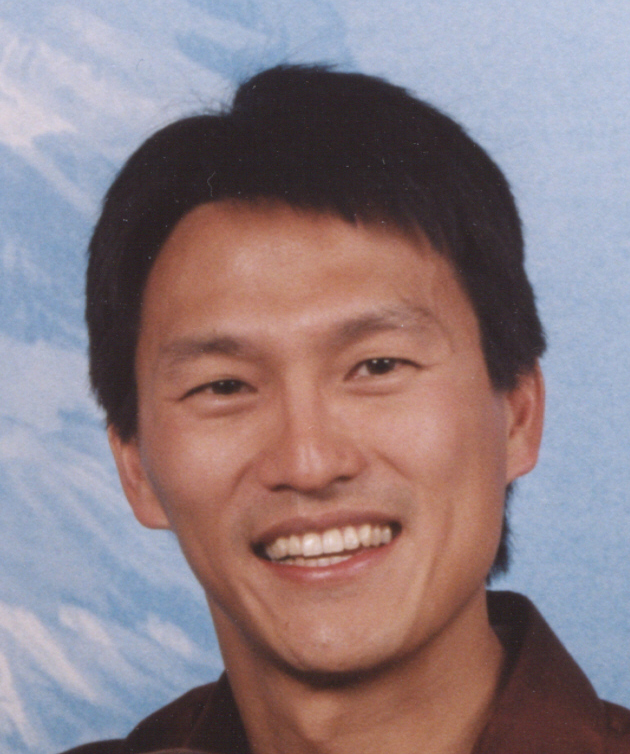| | |
|
Workshop on Network-I/O Convergence:
Experience, Lessons, Implications (NICELI)
| | Invited Talks and Presentations
|
09:15-10:15 |
Invited Talk:
David R. Cheriton, Stanford University
Network-I/O Convergence in "Too Fast" Networks:
Threats and Countermeasures
Network-I/O convergence, in the broad sense, has been part of
computer communication from the earliest times; for instance,
networks were used as an alternative to tape I/O. Similarly, file
I/O has been a major use of LANs since the advent of Ethernet.
The new development is "too fast" networks -- 10 Gbps networks
that operate so close to memory system speeds that software
protocol processing cannot reasonably checksum, encrypt, deliver
and filter in-bound network traffic. The "too fast" network
actually threatens network I/O convergence, because
software-oriented protocol stacks are difficult or expensive to
support in hardware, especially compared to hardware-oriented
protocols such as Infiniband. And if you do not support protocols
in hardware, host resources are at risk. In this talk, I explore
these threats, and consider counter-measures based on refactoring
general-purpose protocol design into a hardware layer and a
software layer.

David Cheriton is a Professor of Computer Science and Electrical
Engineering at Stanford University. His research includes the areas of
high-performance scalable distributed systems, Internet architecture
and protocols, and hardware-software interaction, particularly at the
operating system level. He was the chief designer of the V Distributed
system, the VMTP protocol, and the ParaDiGM scalable multiprocessor
architecture. Prof. Cheriton was co-founder of Granite Systems, a
leading developer of Gigabit Ethernet products, acquired lock, stock,
and barrel by Cisco Systems, where he is now a (part-time) technical
advisor. Prof. Cheriton received his Ph.D. in Computer Science from
the University of Waterloo in 1978. For the past 22 years, he has been
at Stanford. Most recently, he is a technical advisor with Google.com,
VMware, Kleiner-Perkins, Caufield and Byers, and a few stealth efforts.
|
|
13:00-13:45 |
Invited talk:
Wu-chun Feng, Los Alamos National Laboratory & The Ohio State University
Bridging the Disconnect Between the Network and Large-Scale
Scientific Applications
Today we have a cornucopia of high-speed networking solutions
-- Myrinet, Quadrics, InfiniBand, SCI, and 10-Gigabit Ethernet.
But do these networking technologies meet the needs of large-scale
scientific applications, such as astrophysics, bioinformatics, and
global climate modeling? With end-to-end latency approaching the
sub-microsecond range and end-to-end throughput approaching 10 Gb/s
in a system-area network, one might think that this problem is solved.
However, although bandwidth and latency are important performance
metrics, our experiences with application scientists, particularly
after the launch of our Green Destiny cluster
(http://sss.lanl.gov),
indicate that their requirements are more extensive than what
system researchers think, e.g.,
- Out-of-box performance that matches what a network wizard
can achieve.
- Performance metrics that encompass more than bandwidth and
latency, e.g., price/performance ratio, reliable QoS, automatic
adaptation when migrating from a dedicated network to a shared
network.
- A consistent network interface that does not require an
application to be re-coded to use in different network
environments.
- Tools that allow large-scale applications to self-configure
based on processor speed, memory bandwidth, disk I/O, and
network speed.
My talk will elaborate on the challenges of achieving these
requirements across a multitude of networking environments.

Dr. Wu-chun Feng is a technical staff member and team leader of
Research & Development in Advanced Network Technology (RADIANT) in
the Computer & Computational Sciences Division at Los Alamos National
Laboratory (LANL) and an adjunct professor at the Ohio State University.
He is also a fellow of the Los Alamos Computer Science Institute and the
founder and director of the Advanced Summer Curriculum for Emerging
Network Technologies (ASCENT).
Dr. Feng joined LANL in 1998, where he has been conducting research in
high-performance networking and computing. In that span of time, he has
established a respected record of over 50 journal and conference
publications and has given over 20 invited talks and colloquia. Most
recently, CNN and the New York Times reported on his revolutionary
new supercomputer dubbed Green Destiny, and several news media outlets
covered his team's breaking of the Internet2 Land Speed Record with
a single TCP/IP stream.
He received a B.S. in Electrical & Computer Engineering and Music
(Honors) and an M.S. in Computer Engineering from the Pennsylvania State
University in 1988 and 1990, respectively. He earned a Ph.D. in Computer
Science from the University of Illinois at Urbana-Champaign in 1996.
|
|
|
|
|
|
|

 SIGCOMM 2003 home
SIGCOMM 2003 home NICELI home
NICELI home NICELI program
NICELI program NICELI call for papers
NICELI call for papers workshops
workshops tutorials
tutorials student travel grants
student travel grants SIGCOMM conference program
SIGCOMM conference program local information
local information registration
registration